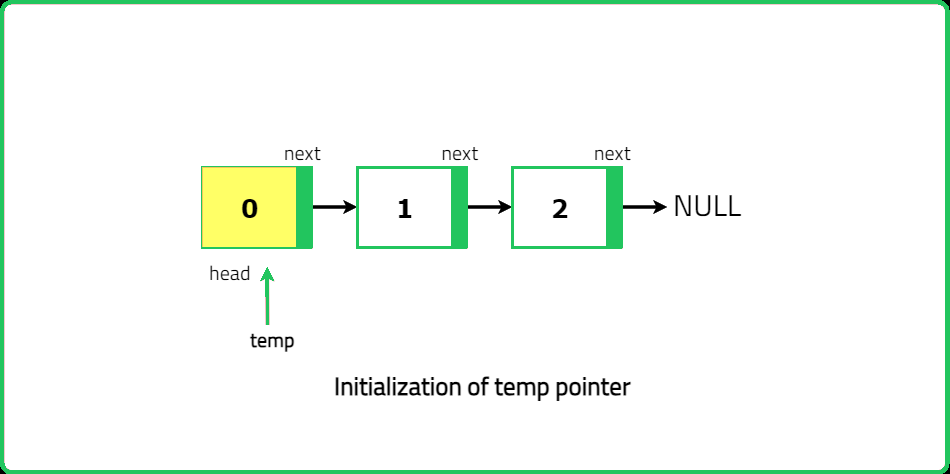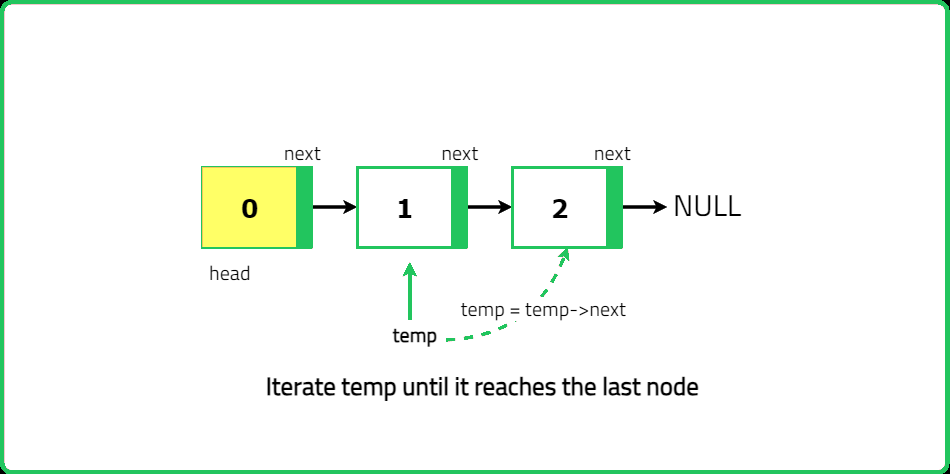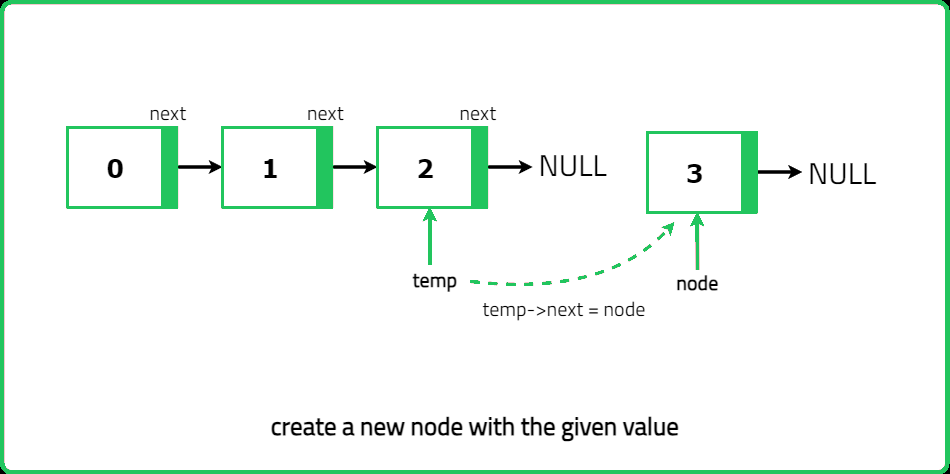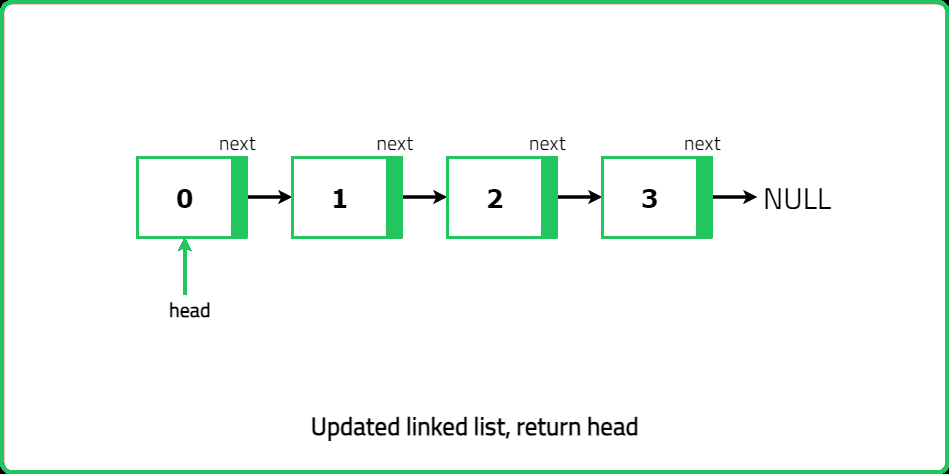Insertion at the tail of LL
Linked-List
Fundamentals (Single LL)
Easy
Given the head of a singly linked list and an integer X, insert a node with value X at the tail of the linked list and return the head of the modified list.
The tail is the last node of the linked list.
Examples:
Input: head -> 1 -> 2 -> 3, X = 7
Output: head -> 1 -> 2 -> 3 -> 7
Explanation: 7 was added as the last node.
Input: head, X = 0
Output: head -> 0
Explanation: 0 was added as the last/only node.
Input: head -> 5 -> 6, X = 8
Constraints
- 0 <= number of nodes in the Linked List <= 1000
- 0 <= ListNode.val <= 100
- 0 <= X <= 100
Hints
- Create a new node with value X and set its next pointer to None. If the list is empty (head is None), the new node becomes the head of the list. Otherwise, traverse the list to reach the current tail (node whose next pointer is None).
- Use a pointer to traverse the list starting from the head. Stop when the pointer reaches the tail node (where next is None). Update the next pointer of the tail node to point to the new node.
Company Tags
GE Healthcare
Square
Teladoc Health
Flipkart
Pinterest
Texas Instruments
Nutanix
Robinhood
Western Digital
Medtronic
Siemens Healthineers
Roche
Bloomberg
KPMG
OYO Rooms
Twilio
Target
Mastercard
DoorDash
Deloitte
Epic Games
Databricks
Walmart
PwC
Uber
TCS
Cognizant
Accenture
Infosys
Capgemini
Wipro



